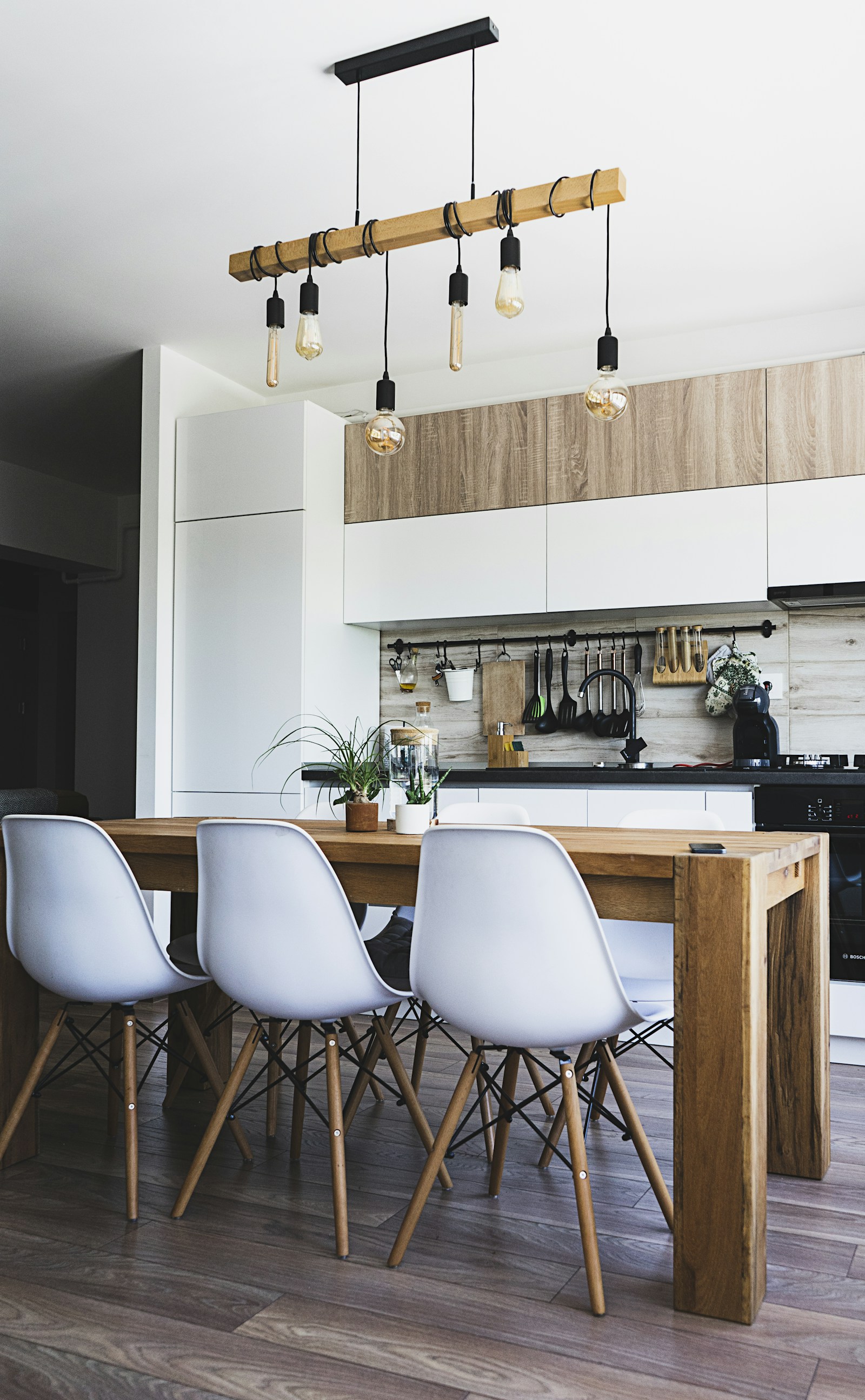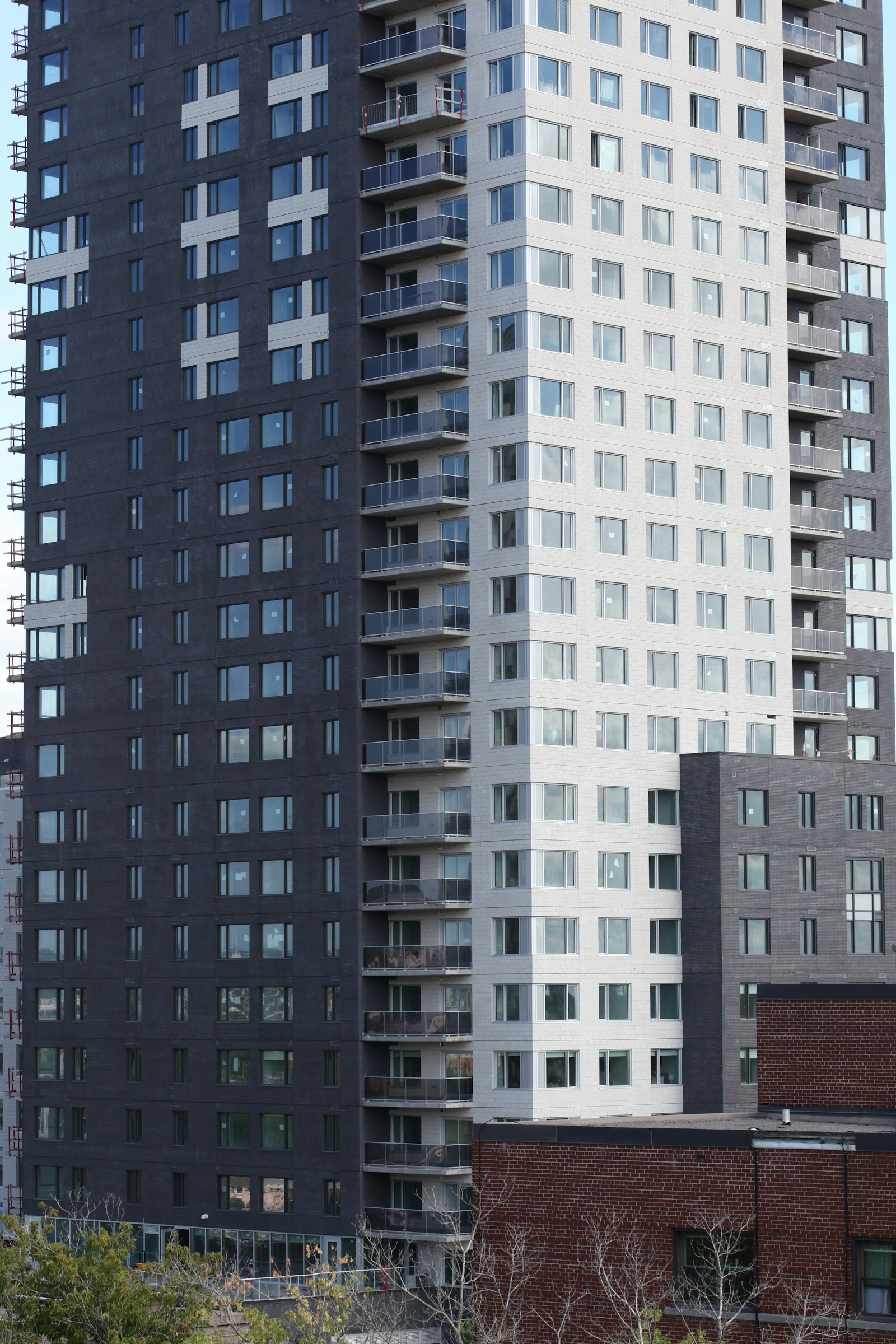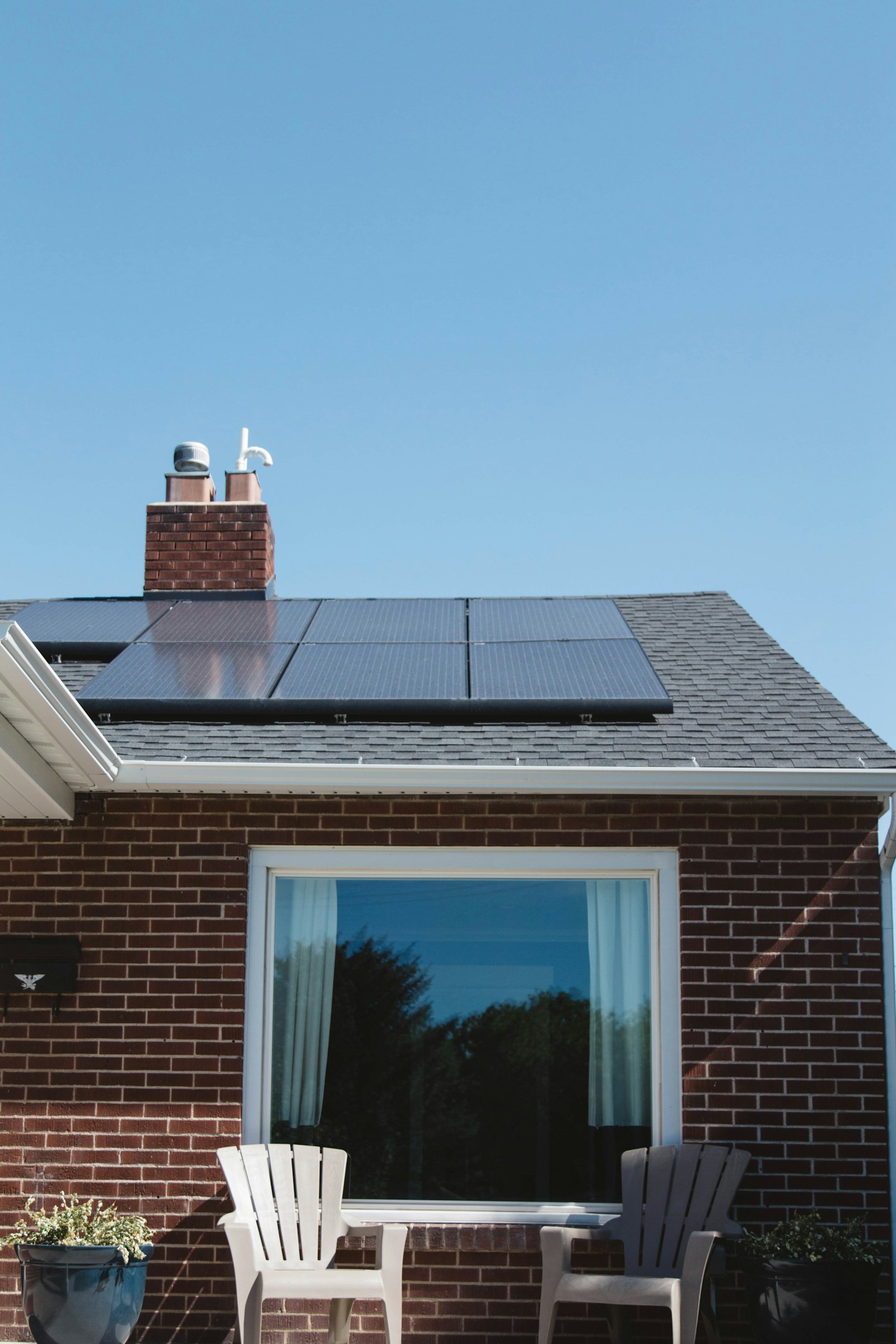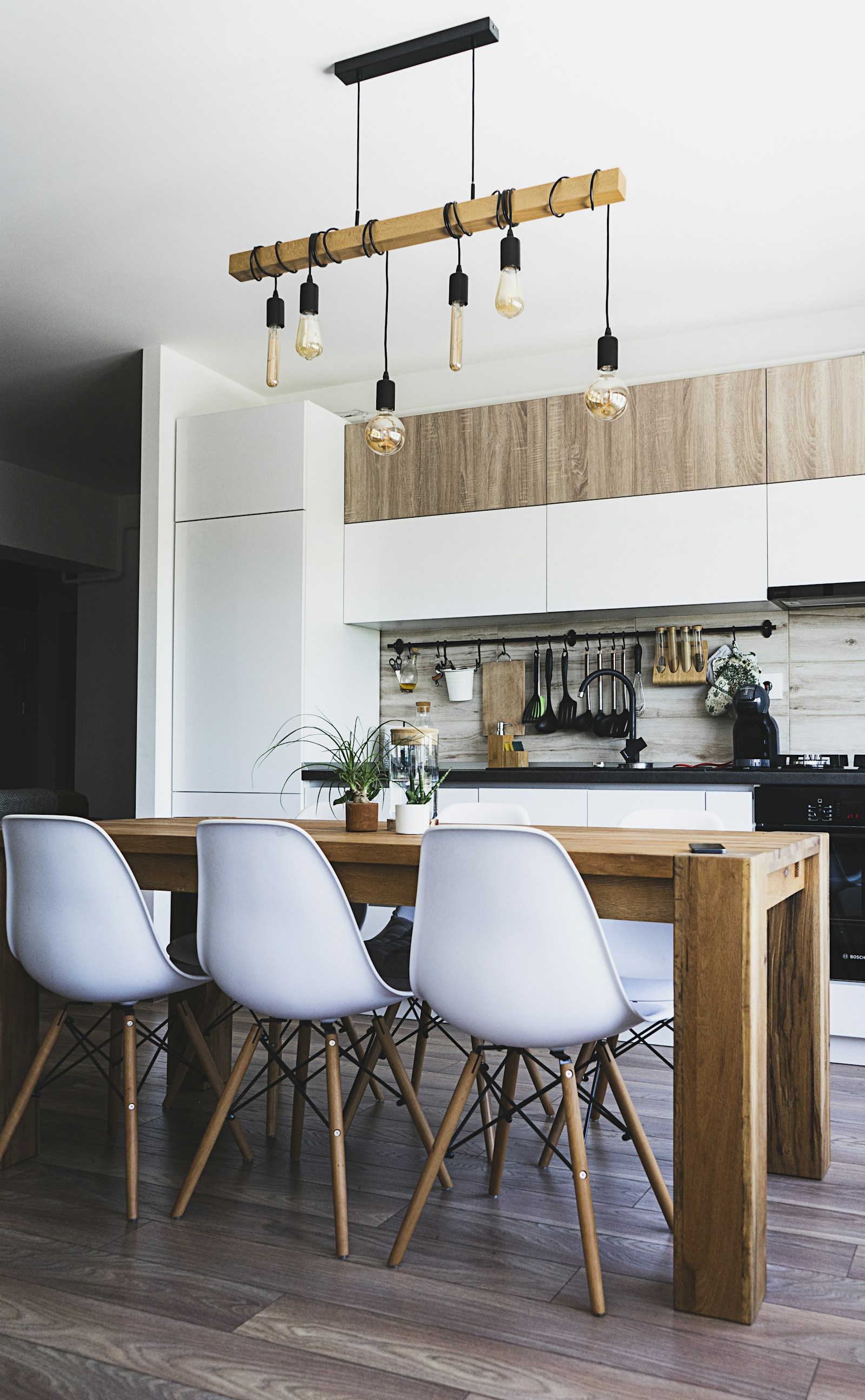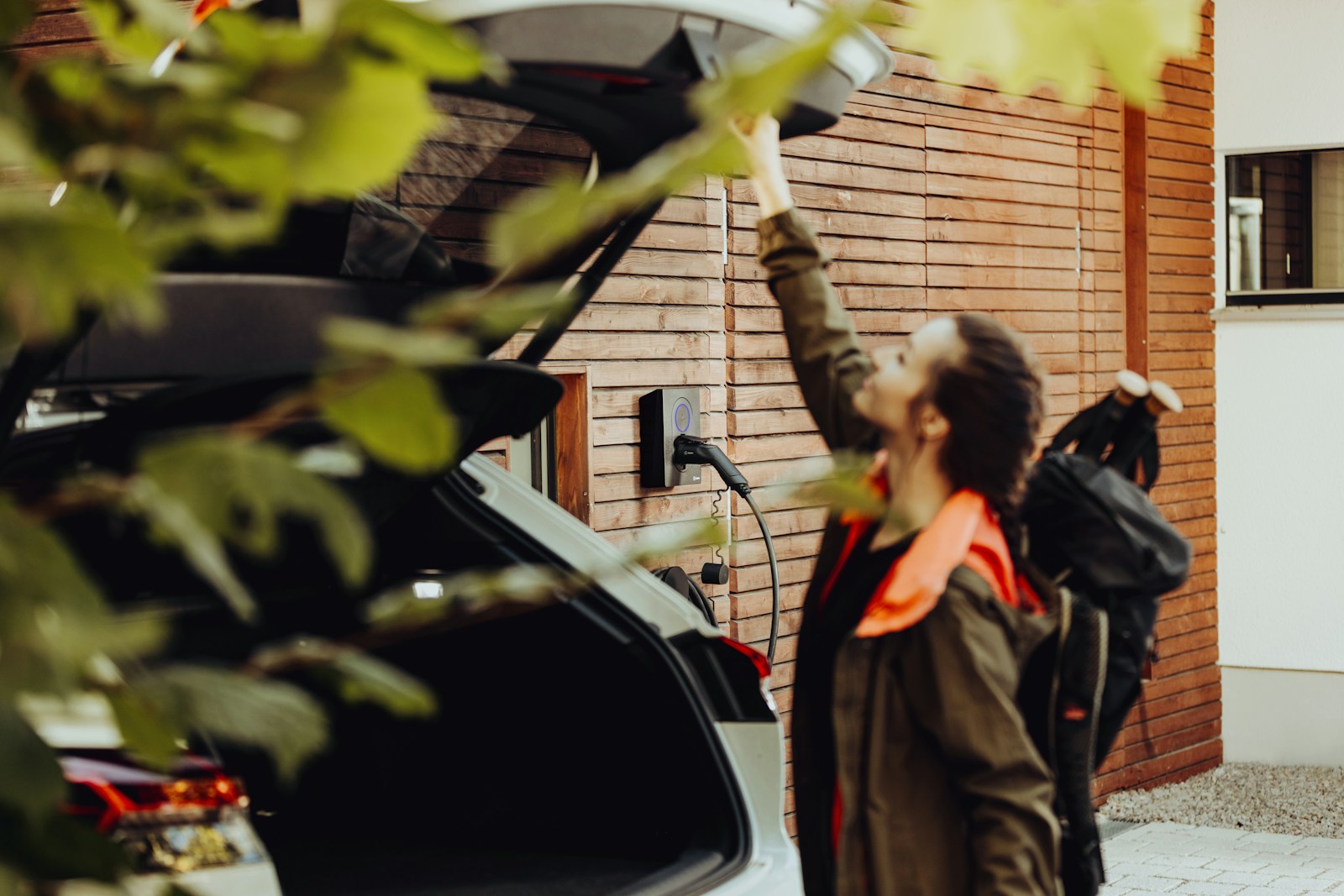Want to save money and go green? Discover the top eco-friendly home upgrades in Ottawa for 2025 that lower bills and increase property value.
Why Green Home Upgrades Matter in 2025
As climate change and energy costs rise, Ottawa homeowners are embracing eco-friendly home upgrades in 2025 more than ever. These sustainable changes not only reduce your environmental footprint—they slash utility bills and increase your home’s market appeal.
Key Benefits:
Lower monthly expenses (energy, water, maintenance)
Appeal to eco-conscious buyers in a competitive market
Reduce carbon emissions and contribute to a greener city
Qualify for grants, rebates, and tax incentives
Going green isn’t just ethical—it’s financially smart.
Energy-Efficient Appliances and Systems
Energy efficiency starts with your home’s systems and appliances.
🔧 High-Impact Upgrades:
Heat pumps: Replace furnaces and AC units with one efficient system.
Smart thermostats (like Nest or ecobee): Learn your habits and adjust heating/cooling accordingly.
Energy Star-rated appliances: Use up to 30% less electricity and water.
These upgrades often pay for themselves within 3–5 years through utility savings alone.
Solar Panels and Renewable Energy in Ottawa
Ottawa may have snowy winters, but solar energy is still a smart long-term upgrade.
☀️ Key Points:
Net metering lets you feed excess electricity back into the grid for credits.
Ontario and federal programs offer rebates and zero-interest loans.
Solar arrays increase home value and appeal to green buyers.
✅ Tip: South-facing roofs with minimal shade offer the best efficiency.
Insulation and Window Upgrades That Cut Heating Costs
Ottawa winters are long—efficient insulation is essential.
🔒 Key Areas to Upgrade:
Attic and wall insulation: Prevent heat loss and improve comfort.
Triple-pane windows: Improve energy retention and reduce noise.
Weather stripping and caulking: Simple, budget-friendly DIY fixes.
Heating and cooling account for 60%+ of household energy use—tightening your home’s envelope is crucial.
Water-Saving Solutions for Eco-Conscious Homes
Water conservation protects the environment—and your wallet.
💧 Smart Upgrades:
Low-flow toilets and showerheads: Reduce water use by up to 40%.
Greywater reuse systems: Repurpose sink or laundry water for toilets or gardens.
Rain barrels: Collect stormwater for outdoor use (supported by local rebate programs).
Ottawa offers seasonal rebates for many water-saving devices.
Sustainable Landscaping and Outdoor Upgrades
Green homes extend beyond the walls.
🌿 Ideas for a Sustainable Yard:
Native plants: Require less water and care.
Permeable paving stones: Reduce runoff and improve drainage.
Green roofs or living walls: Improve insulation and air quality.
A well-designed eco-yard can boost curb appeal and resale value while being low maintenance.
Eco-Friendly Renovation Materials and Finishes
Sustainable materials are both stylish and responsible.
♻️ Top Picks:
Reclaimed wood: Unique aesthetic, lower carbon footprint
Low-VOC paints: Improve indoor air quality
Bamboo and cork flooring: Renewable, durable, and attractive
More buyers now ask about material origins and environmental impact—don’t overlook the details.
Government Rebates and Incentives for Ottawa Homeowners
Make green upgrades affordable with these 2025 programs:
✅ Tip: Work with an energy advisor to access and maximize your grant potential.
Eco-Features That Boost Home Resale Value
Homebuyers in 2025 care more than ever about sustainability.
🏡 Green Features That Sell:
Smart thermostats and lighting
Solar panel systems
EV charging stations
Energy-efficient windows and doors
Certified insulation and HVAC upgrades
Listings that emphasize energy savings and eco-certifications tend to sell faster and at a premium.
FAQs About Eco-Friendly Home Upgrades in Ottawa
1. Are green home upgrades expensive?
Some are—but most offer long-term savings and rebates to offset costs.
2. How much can I save on utilities by going green?
Anywhere from 20–50% annually depending on the upgrades you implement.
3. Is solar worth it in Ottawa?
Yes—with rebates and net metering, solar becomes a solid 10–15 year ROI investment.
4. Can I install green upgrades in older homes?
Absolutely—retrofitting is common, and many programs are designed with older homes in mind.
5. Do I need permits for eco-upgrades?
Some projects, like insulation or solar, may require permits—check with the City of Ottawa.
6. How do I find contractors that specialize in eco-friendly renovations?
Look for certified green builders or contractors affiliated with energy rebate programs.
Final Thoughts: Investing in a Greener Ottawa Home
In 2025, eco-friendly home upgrades in Ottawa are more than a trend—they’re a smart, sustainable lifestyle and investment strategy. Whether you want to lower your bills, reduce your footprint, or increase resale value, green renovations offer big returns.
Start with one upgrade at a time, use available incentives, and watch your home become healthier, more efficient, and more valuable. 🌎💡

